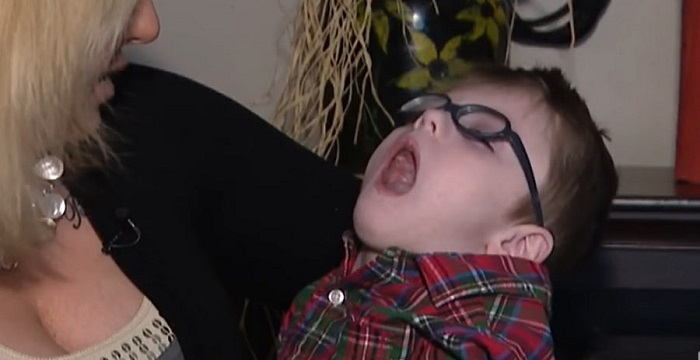
Ever wondered that a little jerk or sudden shake of your baby can be injurious, or even fatal? A baby is so delicate, gentle, and fragile that even a minutest incorrect handling or touch can be dangerous for its health. One such medical condition that relates to a baby’s mishandling is shaken baby syndrome. A type of brain injury that occurs when a baby or a toddler is shaken violently is called shaken baby syndrome. Such is the severity of this syndrome that it can happen from as little as 5 seconds of shaking. Though this problem is often diagnosed only in infants below 2 years of age, but it can also be seen in children up to the age of 5. When a baby or an infant is shaken continuously, the brain bounces back and forth against the skull, resulting in the bruising of the brain, swelling, pressure, and bleeding in the brain (subdural hemorrhages) or retinas (retinal hemorrhages). To make matters worse, the large veins along the brain may tear, leading to further bleeding, swelling, and increased pressure. As a result, the baby is at the risk of suffering from permanent brain damage or even death. Other potential consequences of shaken baby syndrome include blindness, hearing loss, speech and learning disorders, seizures, neck and spinal cord damage leading to motor dysfunction ranging in severity from clumsiness to paralysis. And if a baby is thrown down onto a surface, it can give rise to additional injury, resulting in shaken impact syndrome. Check out the causes, symptoms and signs, and treatment of shaken baby syndrome in the following sections.

Image Credit: https://www.youtube.com/watch?v=KTVqy5ihEnk
Shaken Baby Syndrome
Causes
Compared to the body, a baby has large and heavy head, along with very weak and fragile neck muscles. Besides, there exists a natural virtual space between the skull and brain, which diminishes with development, since the brain is still immature and needs room to grow. Therefore, shaking a young one violently can force the brain to move within the skull, thereby leading to injuries, like cerebral contusions (bruising of brain tissue) and shearing (tearing) of blood vessels. Most commonly, injuries occur when a baby hits its head against something. Even a soft object, like mattress or pillow can cause injury to newborns and small infants. However, shaken baby syndrome does not occur from gentle bouncing, playful swinging, tossing the child in the air, or jogging with the child. Accidents, occurring due to falling off chairs or stairs, or being dropped from a caregiver’s arms, do not result in shaken baby syndrome, though other types of head injuries can occur, which are generally minor.
Signs & Symptoms
Injuries associated with shaken baby syndrome are not visible immediately. Babies can start showing nonspecific complaints, such as irritability or vomiting, which occur due to developing increased pressure in the brain, resulting from brain hemorrhages and swelling. Other symptoms that are an indication of a baby or an infant suffering from shaken baby syndrome include lethargy, breathing difficulties, seizures, decreased alertness, sleepiness, loss of vision, unequal eye size, lack of smiling or vocalizing, rigidity, poor sucking or swallowing, loss of consciousness, poor feeding, lack of appetite, and changes in normal behavior.
Treatment
If doctors suspect a baby to be suffering from shaken baby syndrome, they may look for hemorrhages in the retinas of the eyes, skull fractures, swelling of the brain, subdural hematomas (blood collections pressing on the surface of the brain), rib and long bone (bones in the arms and legs) fractures, and bruises around the head, neck, or chest. But most often, doctors misdiagnose the babies with a viral illness or colic, unable to suspect shaken baby syndrome, since the babies show up symptoms, like lethargy, fussiness, or poor feeding habits, which are common to both the illnesses. As a result, parents may contribute further to shaking the baby and worsening the brain damage or injury. Babies or infants diagnosed with shaken baby syndrome require immediate medical care, which includes respiratory support and surgery. Generally, blood around the brain is drained to reduce the ongoing brain injuries, linked with brain swelling. Apart from blood draining, infants are also recommended to undergo additional treatments, such as obtaining ophthalmologic and neurological evaluations. Doctors even suggest brain scans, like MRI and CT, to detect a more definite accurate problem and thus, recommend the right kind of treatment.
Prevent your baby or infant from the serious shaken baby syndrome by never ever shaking your little one violently. Also, take care when you pass it to a friend or relative, lest the person causes harm unintentionally.
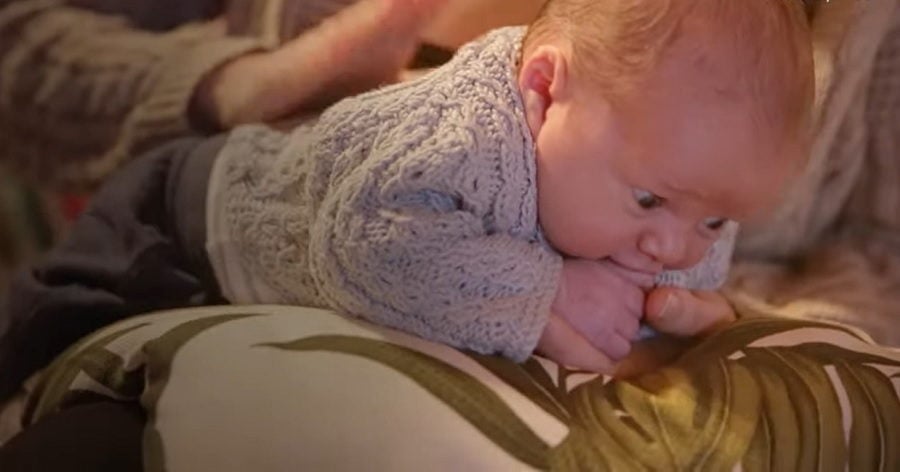 Step-By-Step Guide To Burp Your Baby: How and When?
Step-By-Step Guide To Burp Your Baby: How and When?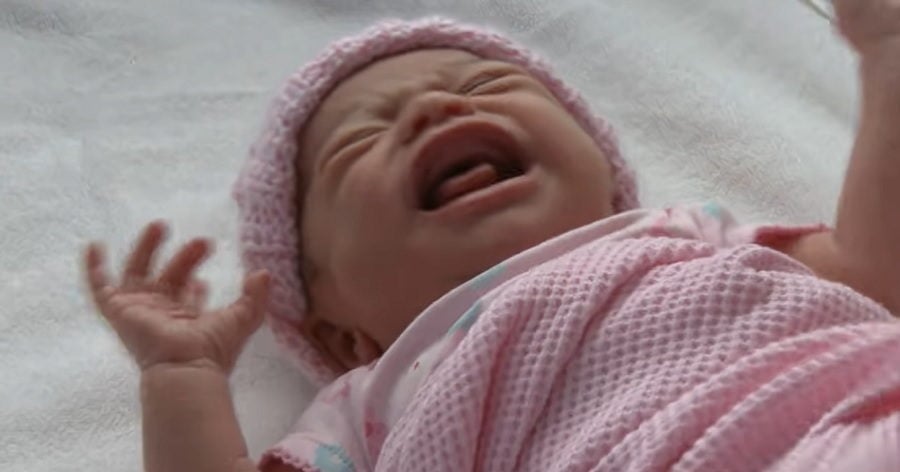 Excessively Crying Baby: Reasons & Remedies to Comfort Your Infant
Excessively Crying Baby: Reasons & Remedies to Comfort Your Infant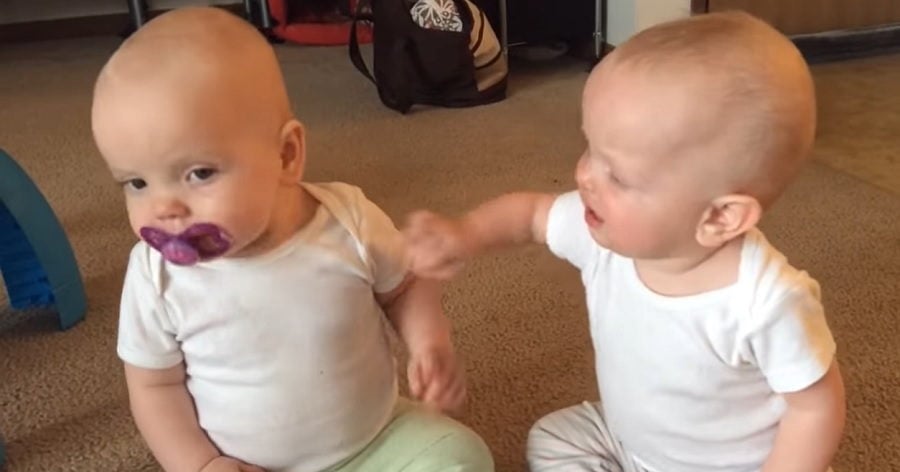 Baby Pacifiers Guide: Advantages, Disadvantages And How To Wean The Baby From A Pacifier
Baby Pacifiers Guide: Advantages, Disadvantages And How To Wean The Baby From A Pacifier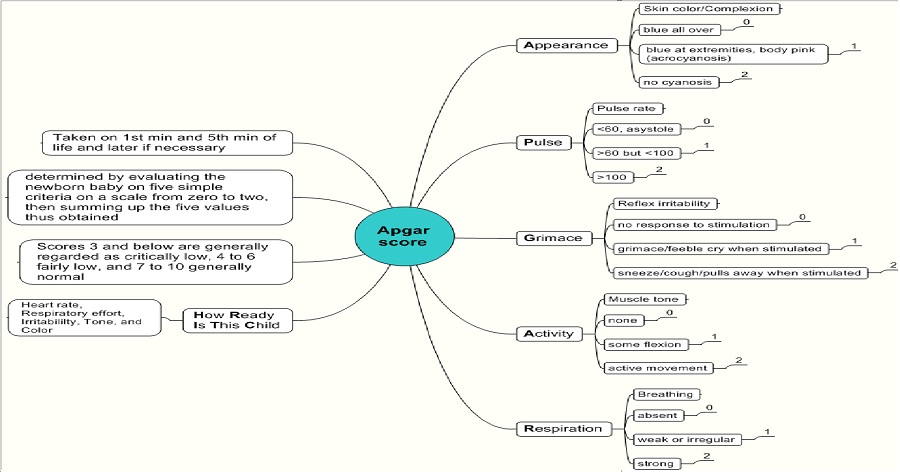 APGAR Score
APGAR Score